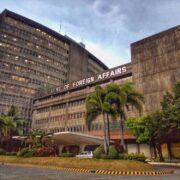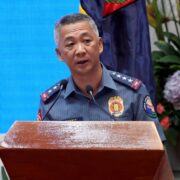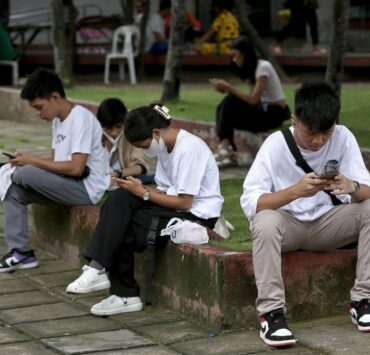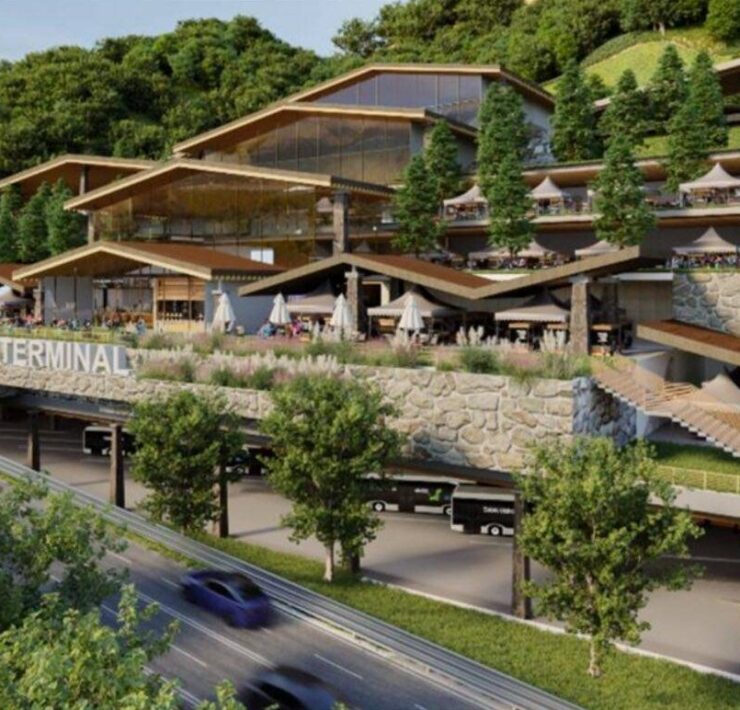The long, difficult route to Naia rehabilitation
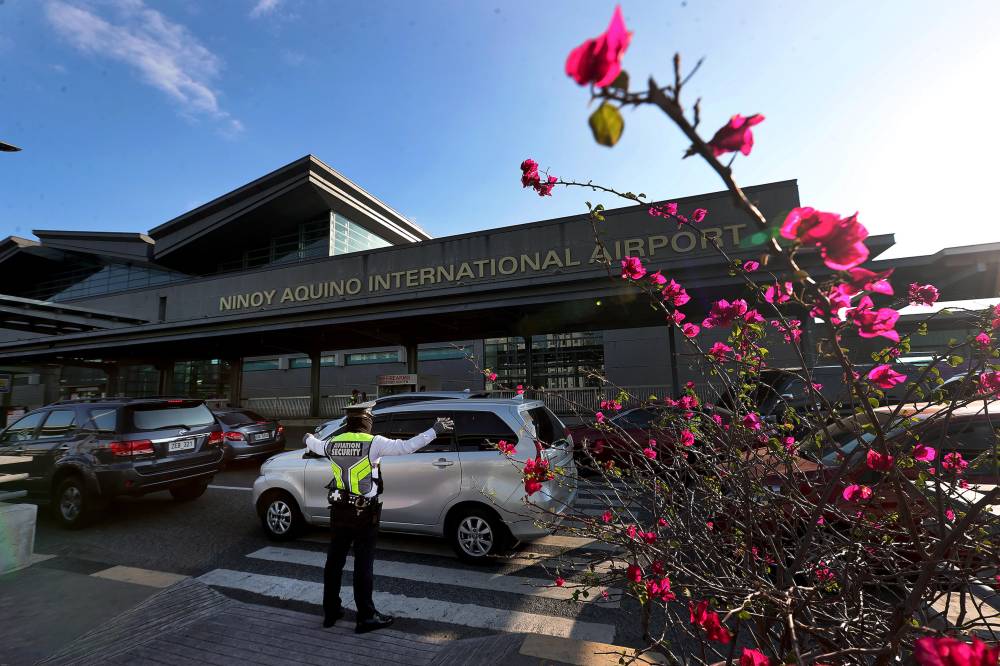
Less than two months since it took over operations of Ninoy Aquino International Airport (Naia), San Miguel-led New Naia Infra Corp. (NNIC) already encountered a major problem: a malfunctioning 20-year-old baggage handling system that left over 800 pieces of luggage stranded at Terminal 3.
This is just one of the many issues NNIC has to resolve now that it has become the caretaker of the country’s primary gateway. Long before this, the airport has been dealing with power outages, long queues at immigration and congestion, to name a few.
All these concerns point to one conclusion: Naia must be upgraded soon. Otherwise, the airport that was tagged several times as one of the worst in the world will only continue to disappoint passengers.
Initial works
NNIC is starting with the rehabilitation of Terminal 4, the oldest among Naia’s hubs. The renovation and safety upgrades are targeted to be finished by February next year.
It has also extended the free WiFi use to three hours from the previous two-hour limit. The San Miguel-led group teamed up with PLDT Inc. and its wireless unit Smart Communications and Converge ICT Solutions Inc. for the free internet service.
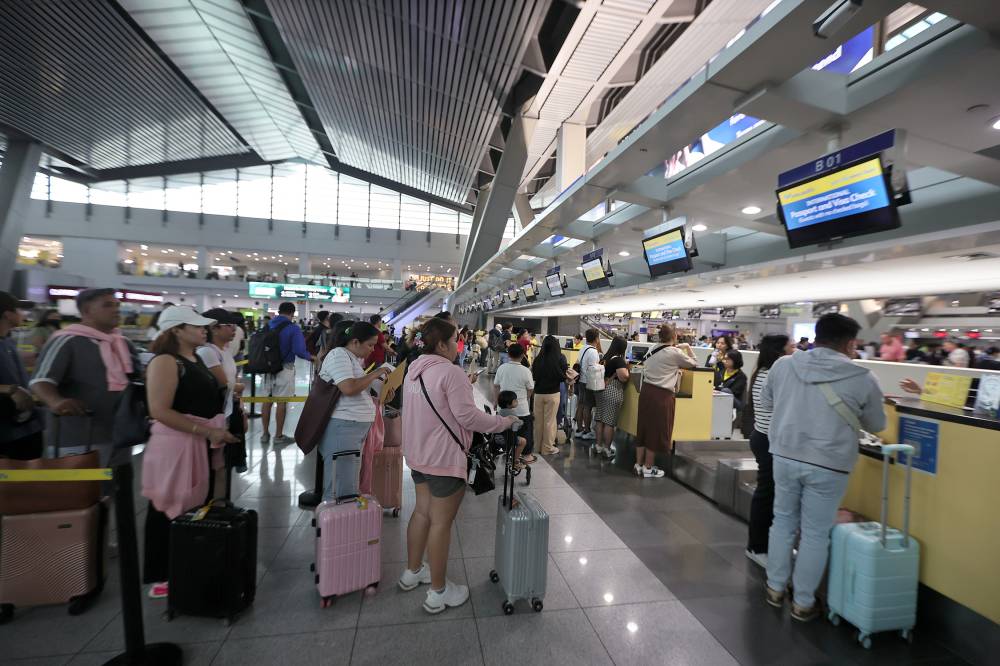
As for baggage handling, the consortium has acquired a new and advanced system to avoid future disruptions.
Moving forward, NNIC said it would focus on the comfort of the passengers when they are awaiting their flights.
Within the first three to 12 months of the San Miguel group’s takeover, it promises to install new toilets and refurbish existing comfort rooms; place additional seating capacity; install more air conditioning units; and enable reliable high-speed internet.
Other plans in the short-term include improved retail and food and beverage experience; power redundancy; repair of existing walkalators, escalators and elevators; upgrading of x-ray machines; and road expansion to terminal.
Within four to five years, NNIC general manager Angelito Alvarez said they were set to fulfill their goal of increasing annual terminal capacity from 35 million passengers to 62 million.
In that time frame, the San Miguel group also intends to link terminal 3 to the upcoming Metro Manila Subway, allow passengers to use updated self check-in and self bag-drop counters and double the capacity of car parking.
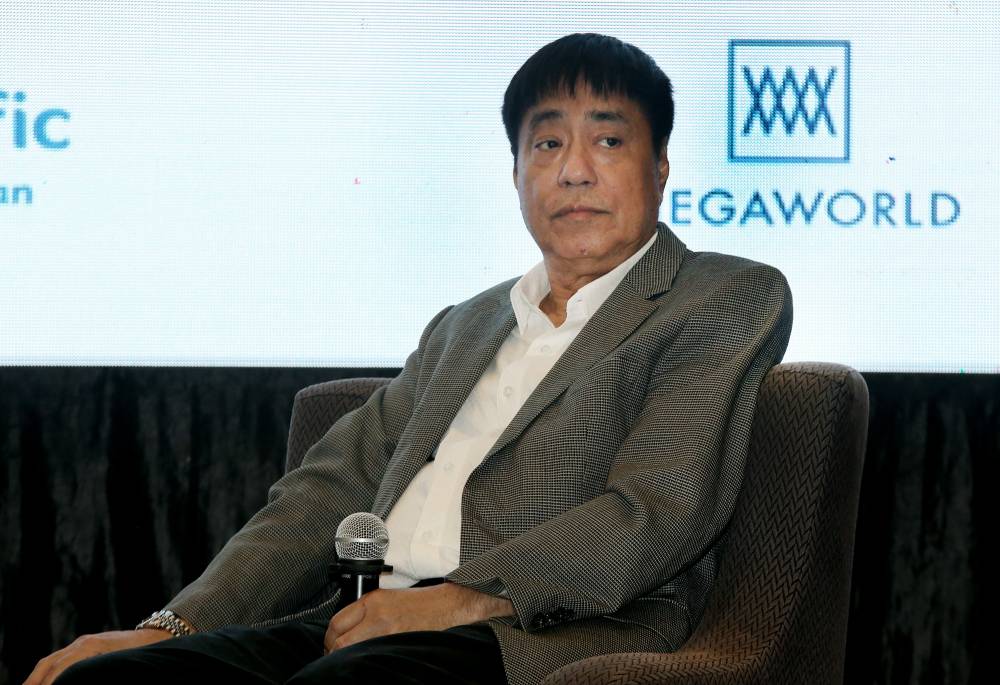
Terminal reassignment
With Terminal 4 undergoing renovation, all the flights being operated there have been transferred to Terminal 2 where Philippine Airlines (PAL) services its domestic routes.
Prior to the reassignment, Terminal 4 serviced the flights of boutique airlines AirSwift and Sunlight Air and Cebu Pacific’s regional brand Cebgo Inc. It also handles about 2,900 passengers every day, representing 2.23 percent of the gateway’s daily passenger volume.
This airline transfer, however, is just the beginning of the proposed terminal reassignments in the future.
NNIC previously said the terminal reassignment was seen to improve the efficiency of runway use, allowing the airport to accommodate more flights. Under the concession agreement with the government, the consortium is tasked with increasing aircraft movements per hour from 41 flights to 48 flights.
Based on NNIC’s proposal, Terminal 2 will only service domestic flights.
Terminal 1, on the other hand, will be used exclusively by Philippine Airlines (PAL) for its international flights. All foreign airlines, meanwhile, will operate at Terminal 3, which will also host the international flights of Cebu Pacific and AirAsia Philippines.

Domestic flights of Cebu Pacific will be moved to Terminal 2 to join PAL’s, while AirAsia’s domestic flights will be moved to Terminal 4.
At present, Terminal 1 is for international flights while terminals 2 and 4 are for domestic operations. Terminal 3 accommodates both local and international flights.
Higher fees
NNIC has also implemented higher car parking rates to discourage nontravelers from using airport parking, providing slots for actual passengers.
Under the new matrix, the first two hours of parking will increase to P50 from P40 previously. A 24-hour parking will cost P1,200 for cars, P480 for motorcycles and P2,400 for buses—a marked increase from just P300 for all vehicles previously.
“Many individuals, including those from nearby establishments and with no airport-related business, were taking advantage of the low rates for overnight or long-term parking. This created a parking shortage for actual passengers, adding to congestion and frustration,” NNIC says.
In addition, NNIC also hiked VIP (very important person) services by 10 times to P8,000. VIP privileges usually include priority check-in and boarding, meet-and-greet services and lounge access.
The consortium explained the previous P800 price point made it “easily accessible” when such services should be intended for dignitaries, international performers and other high-profile passengers.
“For that amount, any passenger could bypass regular airport procedures. This not only created potential security vulnerabilities but also led to operational inefficiencies and an unfair advantage for those who could afford to pay,” the San Miguel-led group says.




